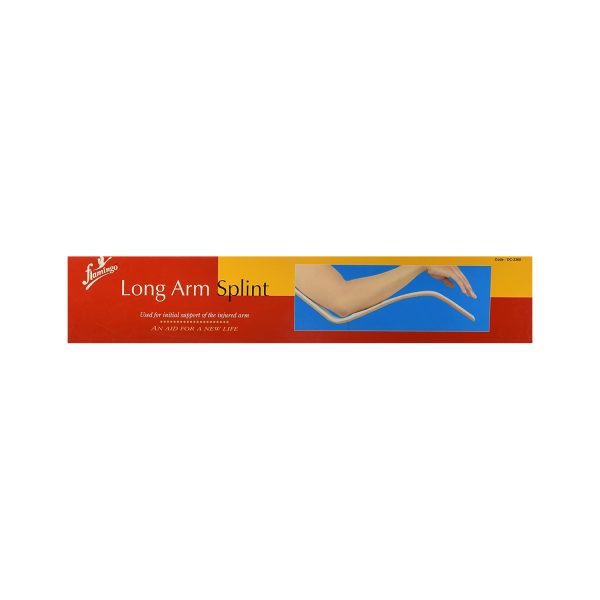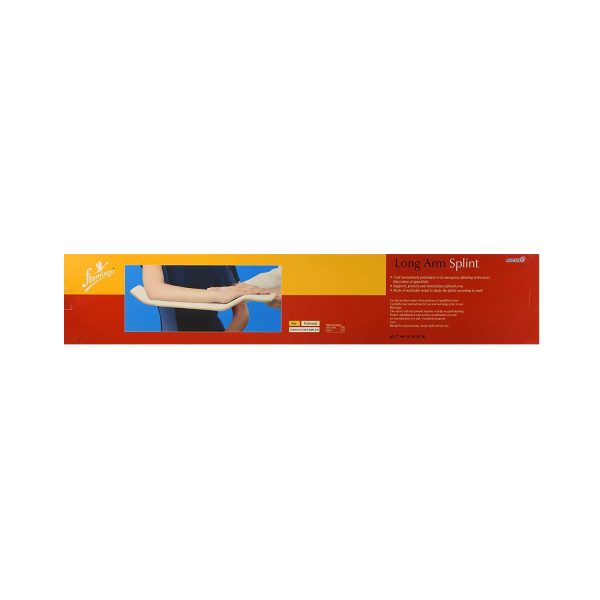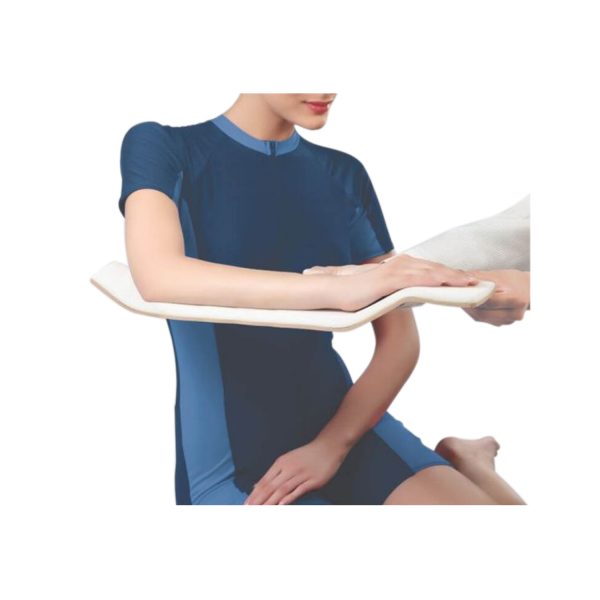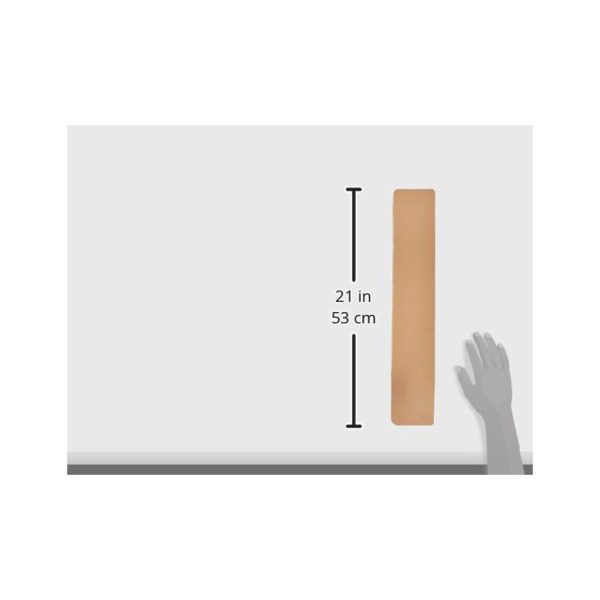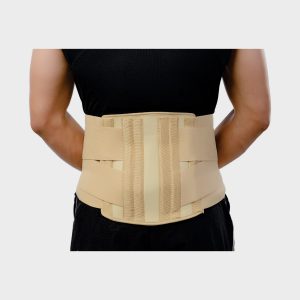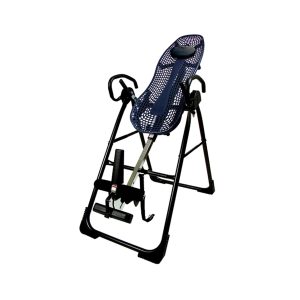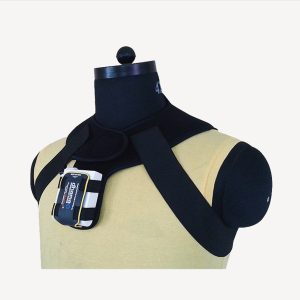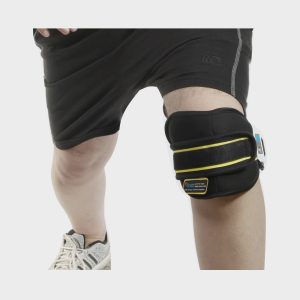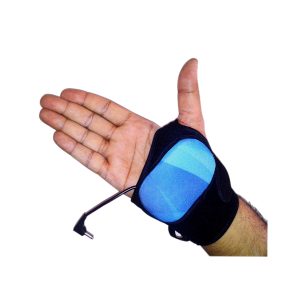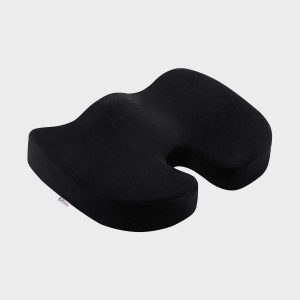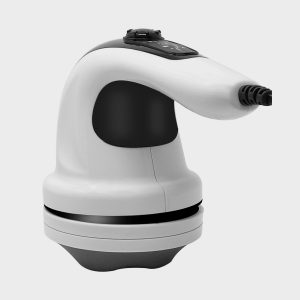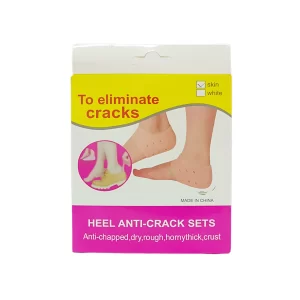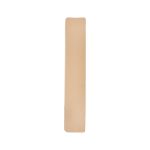


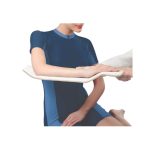
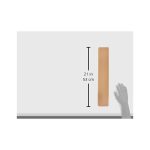
Flamingo Long Arm Splint Universal OC 2360
Brand: Visit flamingo Store
Estimated delivery: 6-9 business days
Product Highlights
- The initial form of immobilization is placed on an injured limb to accommodate soft tissue swelling.
- Made of malleable metal to shape the splint according to need.
- Post Surgical Protection & Rehabilitation.
- Universal Common for left and right hand.
- Used as arm support.
Additional offers
 Get an Additional 1% off on this order if you Prepay it. Applicable on a min cart value of ₹599.
Get an Additional 1% off on this order if you Prepay it. Applicable on a min cart value of ₹599.  Get cashback up to Rs. 300 on payments via Mobikwik Wallet.
Get cashback up to Rs. 300 on payments via Mobikwik Wallet. For Celergen capsules and serum, please contact Cureka Support directly to place the orders. Contact Cureka support at care@cureka.com or WhatsApp at +919655928004.
For Celergen capsules and serum, please contact Cureka Support directly to place the orders. Contact Cureka support at care@cureka.com or WhatsApp at +919655928004.COD available from ₹599 till ₹9999
MRP: Offer: 561.00You Save: 239.00 Inclusive of all taxes
- Description
- Additional information
Description
• Used immediately post-injury or in emergency splinting of fracture/dislocation.
• Made of malleable metal to shape the splint according to need.
• Used for Sprain, Strain as well as Minor Fractures to the Wrist
• It is used for rehabilitation and arm support.
• Used immediately after surgery of the upper limb.
• Supports, protects and immobilizes the affected area.
Direction of use:-
• Immerse the splinting material in lukewarm water. Squeeze excess water from the splinting material (do not wring out plaster). Apply the splint material to the posterior humerus and continue past the elbow and along the ulnar surface of the forearm and finish at the metacarpals.
Safety Information:-
• Attend to any bleeding, if any, before you attempt to place the splint.
• Watch for signs of decreased blood circulation or shock. Seek medical help.
FAQ:
Long arm splints are used in a variety of settings for immobilization of both bony and soft tissue injuries to the upper extremities. This type of splint provides immobilization to the elbow and the wrist.
Long arm splints are used in a variety of settings for immobilization of both bony and soft tissue injuries to the upper extremities. This type of splint provides immobilization to the elbow and the wrist.
Short arm splints are short splints that immobilize joints of the hand and wrist or to protect bony and soft tissues in the forearm (between the elbow and wrist). They also extend between the thumb and pointer finger. They heal the fractured bones by keeping the broken ends together and in alignment.
You should wear your resting splint: overnight or occasionally during the day when resting. during flare-ups or when you have painful joints. as advised by your therapist.
You should wear your resting splint: overnight or occasionally during the day when resting. during flare-ups or when you have painful joints. as advised by your therapist.
Additional information
| Weight | 0.3 kg |
|---|---|
| Dimensions | 56.7 × 11.3 × 2.8 cm |
| Manufacturer Details | Ascent Meditech Limited A-1101 Cello Triumph I. B. Patel Road Off W. E. Highway Goregaon (E) Mumbai 400 063 India |
| Packer Details | Wedjat Health Solutions Pvt. Ltd. P.NO. 547 F1-F2 Pinnacle Apartment Arul Nagar East Tambaram Chennai Tamil Nadu 600059 Mail: info@cureka.com Telephone no: 9655928004 |
| Components | Arm Splint |
| Country of Origin | India |
| Expires on or After | 25/07/2026 |
| SKU | Pai/Fla/04324 |





